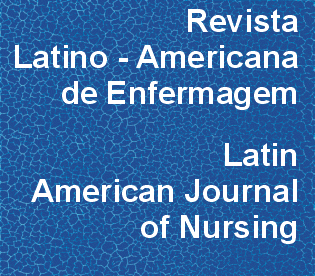The domestic participation in birth assistance in the mid-twentieth century
DOI:
https://doi.org/10.1590/1518-8345.0574.2727Abstract
Objective: to describe how the progressive creation of the Social Security (providing widespread health care) affected the birth assistance in Spain from the 1940s to the 1970s in a rural area. Method: historical ethnography. Twenty-seven people who lived at that time were selected and interviewed guided by a semistructured script. Based on their testimonies, a chart was built with the functional elements involved in birth assistance in this region. Results: three agents performed such care: traditional midwives, women of the family/neighbors and health workers. Conclusion: although birth assistance had been transferred to the hands of the health workers from the forties in this region, women in labor continued to count on the domestic resources until the early seventies, when births were compulsorily transferred to hospitals. This research brings to light the names and recognizes the work performed by these female characters of the popular sphere, who helped women in labor of that community to give birth, for at least three decades.Downloads
Download data is not yet available.
Downloads
Published
2016-01-01
Issue
Section
Original Articles
License
RLAE’s authorship concept is based on the substantial contribution by each of the individuals listed as authors, mainly in terms of conceiving and planning the research project, collecting or analyzing and interpreting data, writing and critical review. Indication of authors’ names under the article title is limited to six. If more, authors are listed on the online submission form under Acknowledgements. The possibility of including more than six authors will only be examined on multicenter studies, considering the explanations presented by the authors.Including names of authors whose contribution does not fit into the above criteria cannot be justified. Those names can be included in the Acknowledgements section.
Authors are fully responsible for the concepts disseminated in their manuscripts, which do not necessarily reflect the editors’ and editorial board’s opinion.
How to Cite
The domestic participation in birth assistance in the mid-twentieth century . (2016). Revista Latino-Americana De Enfermagem, 24, e2727-. https://doi.org/10.1590/1518-8345.0574.2727



